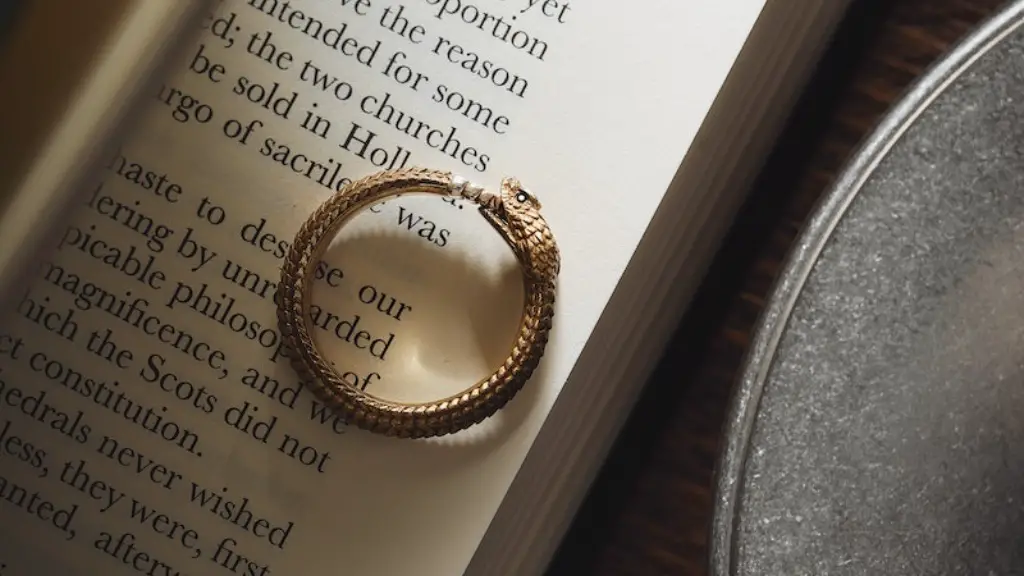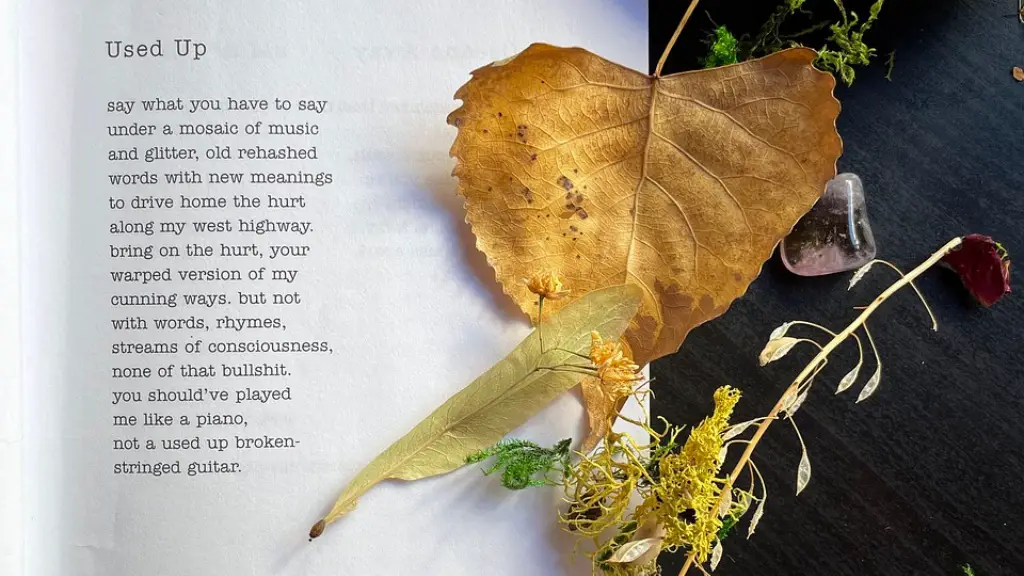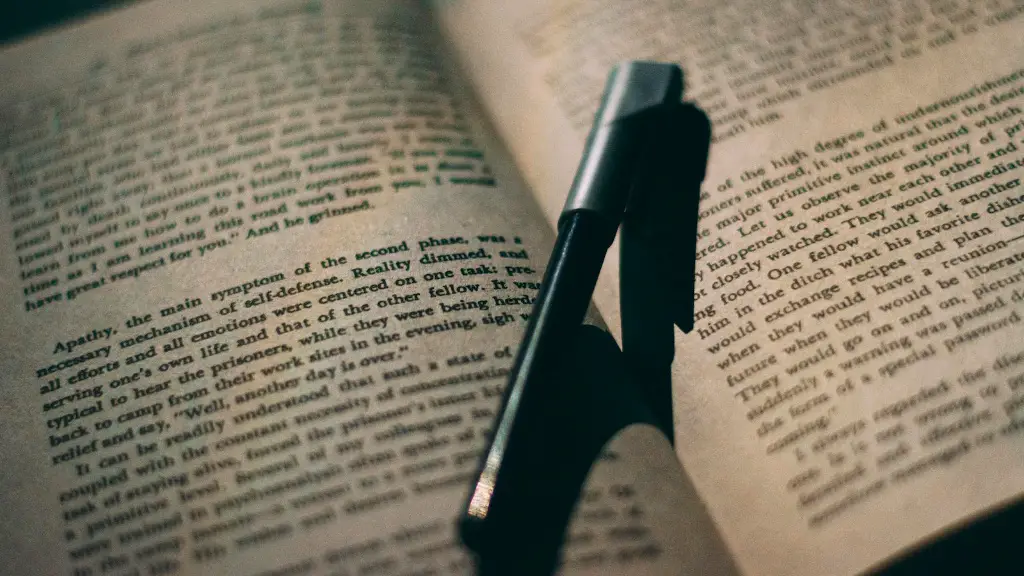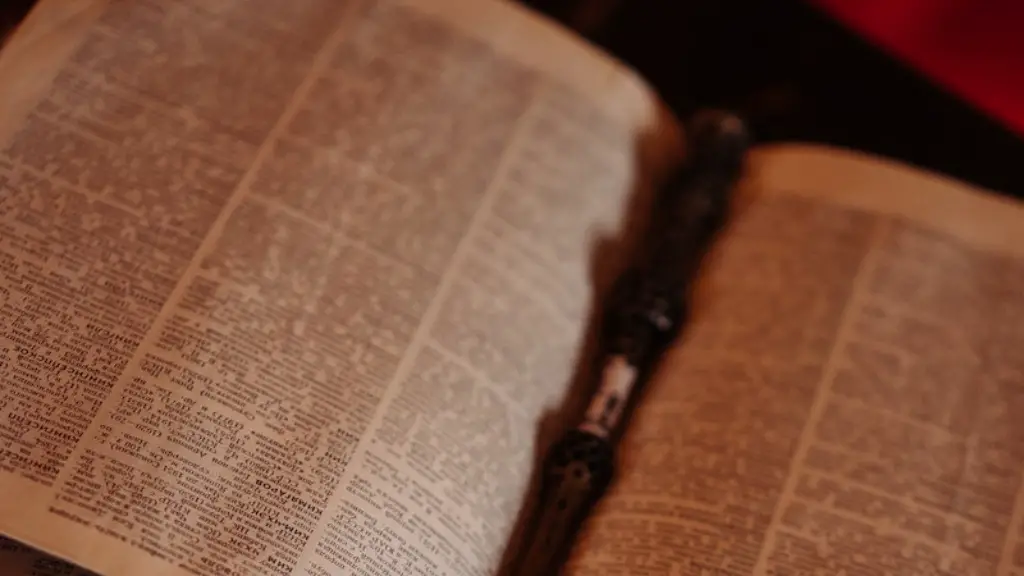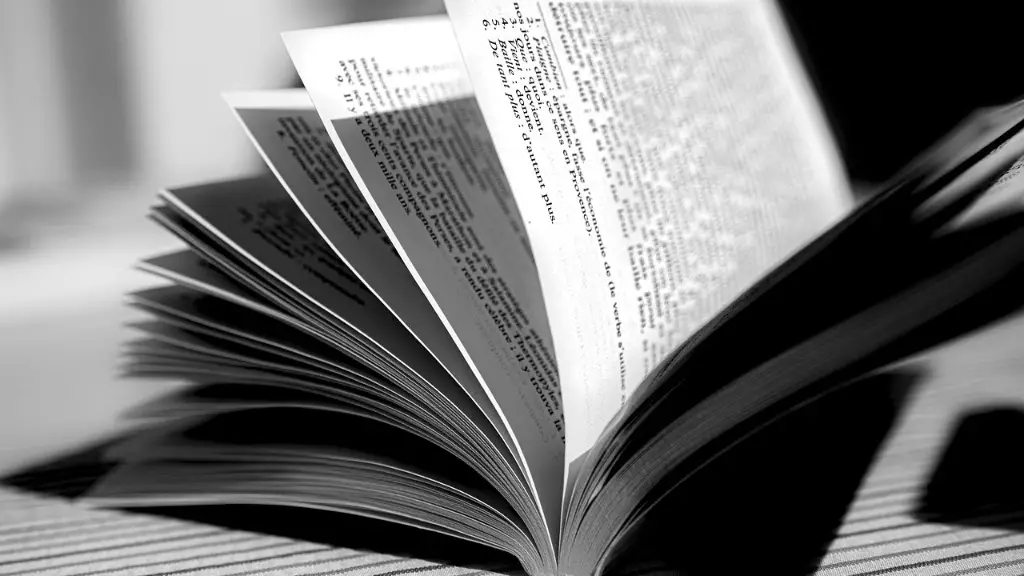literary devices of poetry
Poetry has been around for centuries, and with it have come a variety of literary devices and tools for poets to use to enhance the meaning of their work. A literary device is an element used in literature to help convey an idea in a way that is not literal. From figurative language, to allusions, to repetition and more, each device has an individual function and purpose that chills to bring the poem to life.
Figurative language is perhaps the most widely used and well-known literary device in poetry. This type of language uses words or phrases to create a comparison between two unlike things. Commonly used in poetry for this purpose are metaphors and similes, though extended metaphors and personification are also fairly common. Metaphors are used to create a comparison between two things without using the words like or as, while similes compare to things using words like or as.
Symbolism is another common literary device used in poetry and is created when a poet assigns multiple layers of meaning to an object, person, or place that appears in their poem. For example, when a poet compares a river to life, they are giving it a deeper meaning and connecting it to something else. This can add a deeper level of meaning to a poem and leave room for the reader to interpret and infer their own meanings, which can often lead to a more profound appreciation for the poem.
Allusions can also be found in poetry, and are used to make reference to a historical, cultural, or religious event or figure. This serves to add a level of depth to a poem, and is often used to enhance the themes, imagery, or emotions being expressed in the poem. These can be references to literature, mythology, current events, or anything else the poet desires. Allusions can open up a whole new world of exploration for the reader, allowing them to pursue other sources to understand the allusion and uncover further meaning behind the poem.
Repetition is another common literary device used in poetry, and is typically used when a poet wants to drive home a focal point in their poem. This can be seen through the repetition of words, phrases, lines, or stanzas to help emphasize the intended message that the poet is trying to convey. Repetition is often used to create a sense of rhythm in the poem and can contribute to the overall feeling and tone of the poem.
Irony is another popular device used in poetry, and is when the opposite of what is expected occurs. This can be used to create an interesting juxtaposition in a poem or to subvert the reader’s expectations in order to emphasize the poet’s point. Irony can bring about an element of surprise for the reader and can leave them rattled and questioning the poem’s purpose and meaning.
Finally, sound devices are used in poetry to create rhythm and emphasis. Assonance, consonance, and alliteration are all sound devices used to create a more musical quality in the poem. Many poets use these devices to bring attention to a certain part of their poem, or to add emphasis to a certain passage or phrase. They can also be used in order to create a more relaxed and soothing quality in the poem, which can evoke a certain emotion or feeling in the reader.
Personification
Personification is another popular literary device used in poetry, and occurs when an inanimate object or animal is given human qualities. This type of figurative language serves to make the object or animal appear more relatable to the reader and often serves to emphasize the themes and emotions that the poet is trying to create. By assigning human emotions or characteristics to an object, the poet can give it a deeper layer of meaning and evoke strong emotions in the reader.
For example, a poet could personify the moon as being quietly compassionate, watching over the world and embracing its inhabitants with its kind, comforting light as if it were a friend. This gives the moon a much deeper meaning and allows the reader to make a strong connection to the object. Personification can be used in a variety of ways to create a stronger connection between the writer and the reader and help bring the poem to life.
Personification not only creates a more relatable experience for the reader, but it can also be used to make a comment or observation about a particular subject. By assigning human qualities to an object, the poet can make a statement about the object or issue and provide a unique perspective on it. When used in poetry, personification can serve to emphasize the themes or message of the poem and give the reader a new way to interpret and understand the poem.
Hyperbole
Hyperbole is another common literary device used in poetry and is defined as an exaggeration carried to the extreme for effect. This type of figurative language is used to create emphasis and bring attention to a particular part of the poem. Hyperbole can be used to create an intense atmosphere in a poem and can serve to emphasize the emotions or feelings that the poet is trying to evoke. It can be used in a variety of ways, such as describing a situation or person as the “greatest,” “biggest,” or “best,” or comparing one thing to something much greater or more powerful.
Hyperbole is often used in love poems and can be seen when poets compare mundane feelings, such as a spark of attraction between two people, to larger and more powerful forces, such as an explosive blast or a raging storm. This serves to emphasize the power and intensity of the feeling being expressed and can provide an interesting insight into the perspective of the poet. Furthermore, hyperbole can be used to create a humorous tone in a poem, or to compare a situation to a more fantastical scenario in order to draw attention to it.
Hyperbole can also be used to describe an intense situation in a powerful and thought-provoking way. For example, a poet could use hyperbole to describe an especially harrowing situation, such as a war or a natural disaster, by comparing it to a more intense scenario, such as a chaotic and destructive force. This can add emphasis and intensity to the poem and provide a more emotive experience for the reader.
Imagery
Imagery is one of the most common and powerful literary devices used in poetry. Imagery is a type of figurative language that uses vivid descriptions to create an atmosphere or evoke a certain feeling or emotion in the reader. Imagery is often used to portray an emotional experience or scene in a poem and can help the reader to better understand and relate to the poem.
Imagery can be used in a variety of ways, such as creating a vivid picture of a person, place, or object to draw the reader in. For example, a poet could use imagery to describe a person in a way that emphasizes their physical characteristics, or to create an atmosphere of mystery around a certain scene or situation. Furthermore, imagery can be used in order to evoke a certain emotion in the reader. By creating a vivid picture of a setting or a feeling, the poet can help to bring the poem to life and leave a lasting impression on the reader.
Imagery is also often used to create a feeling of atmosphere in a poem. By using vivid descriptions, a poet can create a specific atmosphere that evokes a certain emotion in the reader and helps to bring the poem to life. This can help to enhance the themes or tone of the poem and provide the reader with a more immersive experience.
Euphony
Euphony is another popular literary device used in poetry and is when the repetition of certain sounds creates a pleasing effect. This is often done through the use of rhyme, alliteration, assonance, and consonance. Rhyme is when words are used that sound similar, while alliteration is when the same beginning sound is repeated. Assonance is the repetition of vowel sounds, and consonance is the repetition of consonant sounds.
Euphony is often used to create a more musical quality in a poem and can be used to evoke a certain feeling or emotion in the reader. Additionally, it can help to emphasize certain words or lines in the poem and can be used to bring attention to a certain part of the poem or to draw a connection between two lines or passages in the poem. Euphony can add an interesting and unique quality to a poem and can help to bring it to life in a new and exciting way.
Furthermore, euphony can be used to create a rhythm in the poem, which can serve to create a more pleasant experience for the reader. When used in conjunction with imagery, euphony can help to create a more enjoyable reading experience for the reader and can help to draw them in and have them become more invested in the poem.
Oxymoron
An oxymoron is another popular literary device used in poetry and can provide a unique perspective on a situation or belief. An oxymoron is when two contradictory terms are used together in order to provide a dynamic meaning. For example, the phrase “bittersweet memories” is an oxymoron because the words sweet and bitter contradict each other, yet are used to provide a more in-depth outlook on the concept of memories.
By using an oxymoron, a poet can provide a unique insight into the subject matter and create a more vivid image for the reader. It can add a level of ambiguity to the poem and leave room for the reader to make their own interpretation and uncover the poem’s true meaning. Oxymorons can also be used to evoke strong emotions in the reader, such as confusion and surprise, which can often lead to a more immersive experience for the reader.
Furthermore, oxymorons can be used to stimulate thought and provoke the reader to further explore the themes of the poem. By providing a contradictory perspective on a subject, the poet can not only bring attention to the issue, but can also provide a different outlook on it. This can be especially effective when used to discuss more difficult or controversial topics, such as war or racism, and can open up a whole new world of exploration and understanding for the reader.
